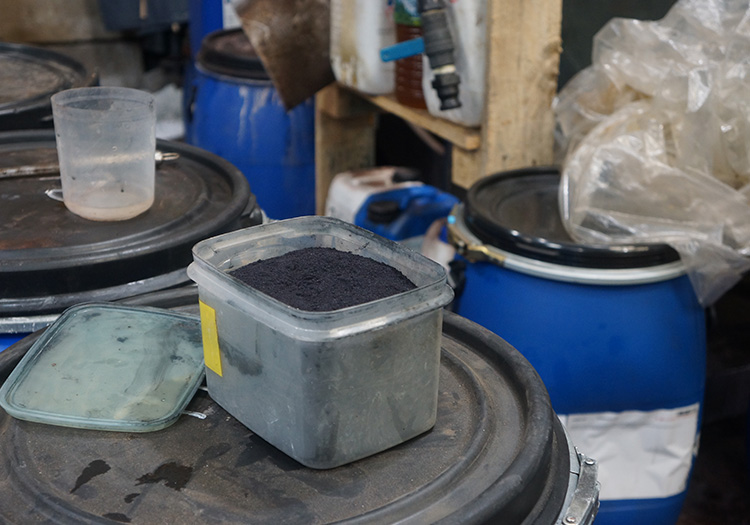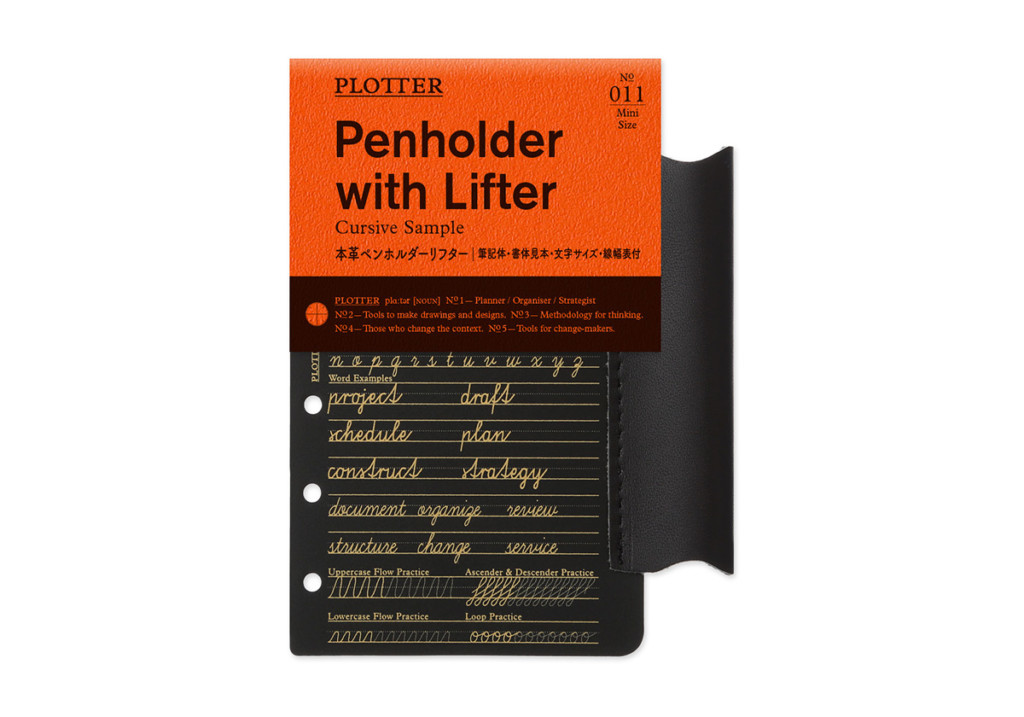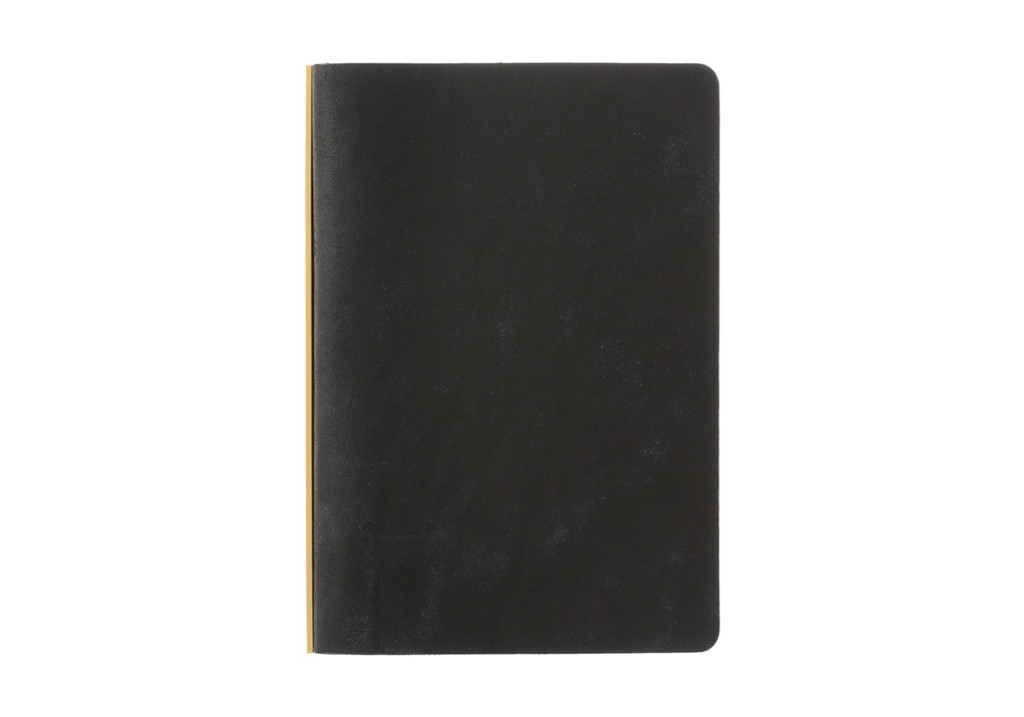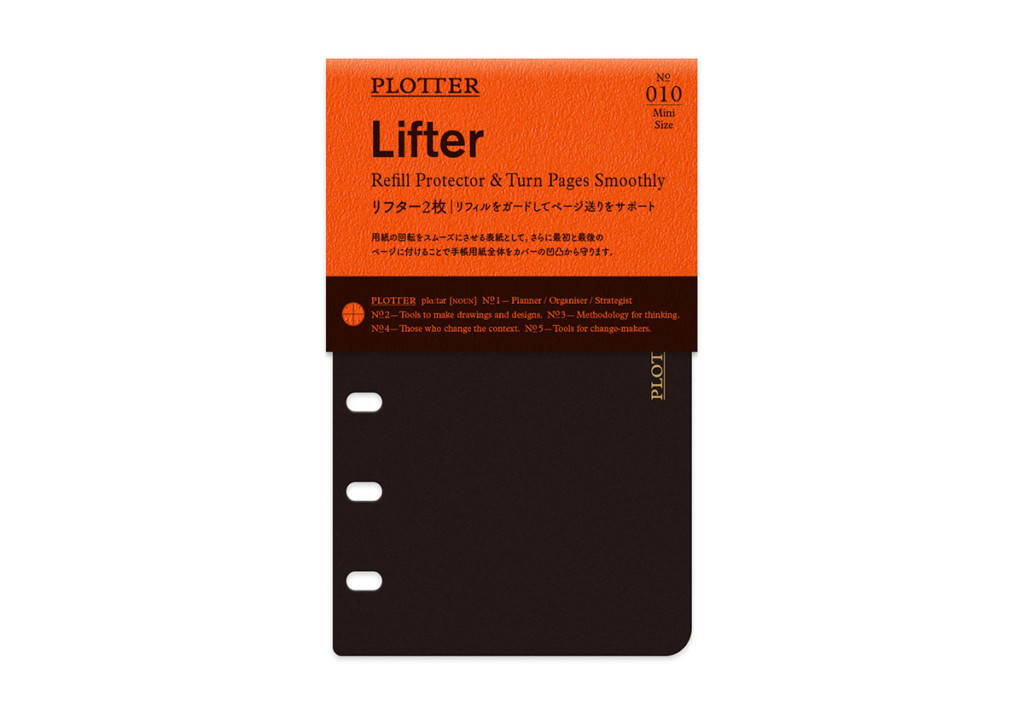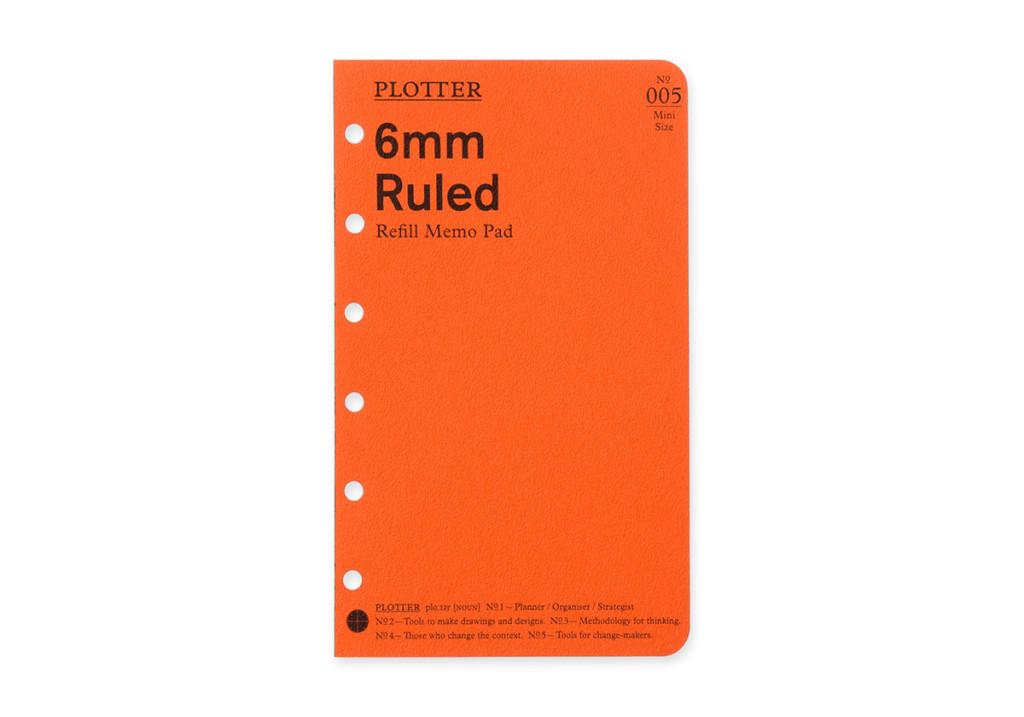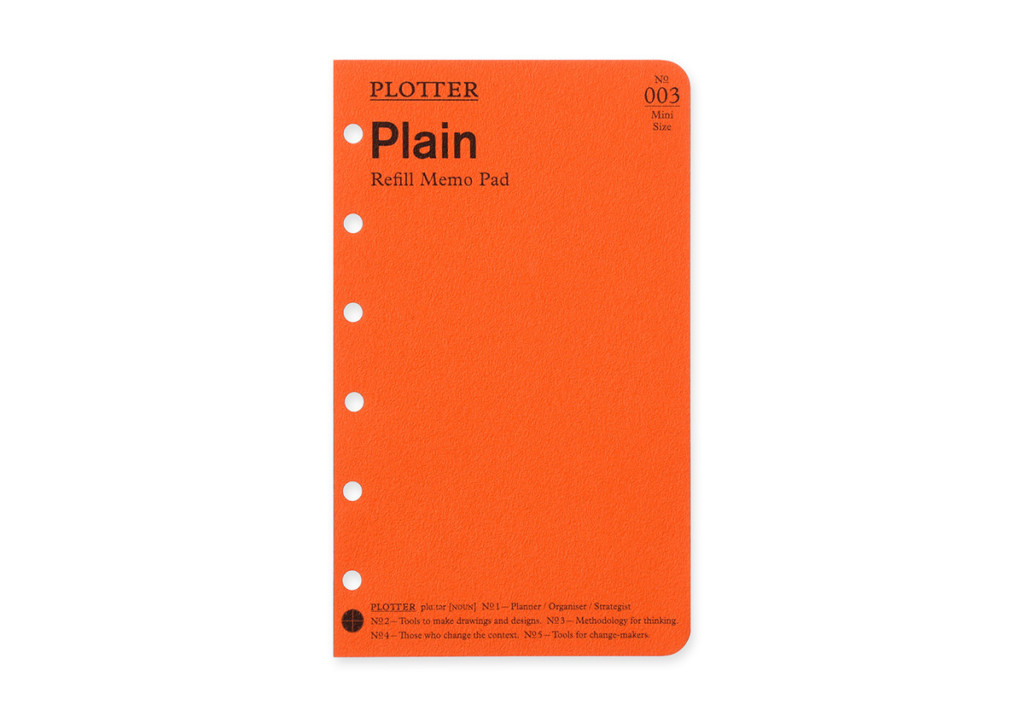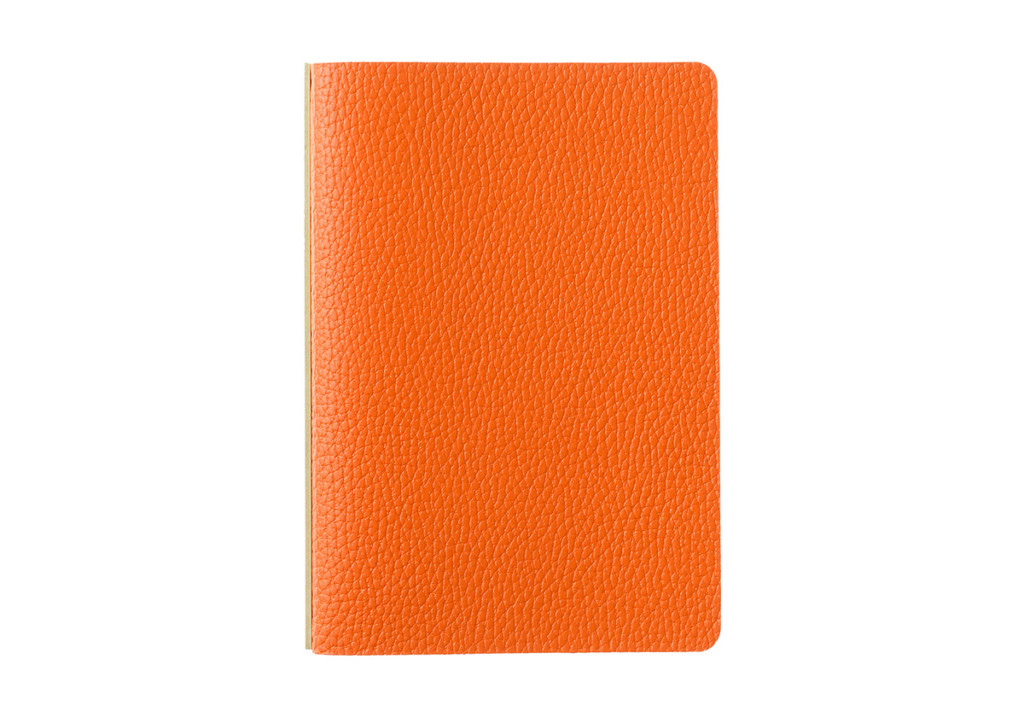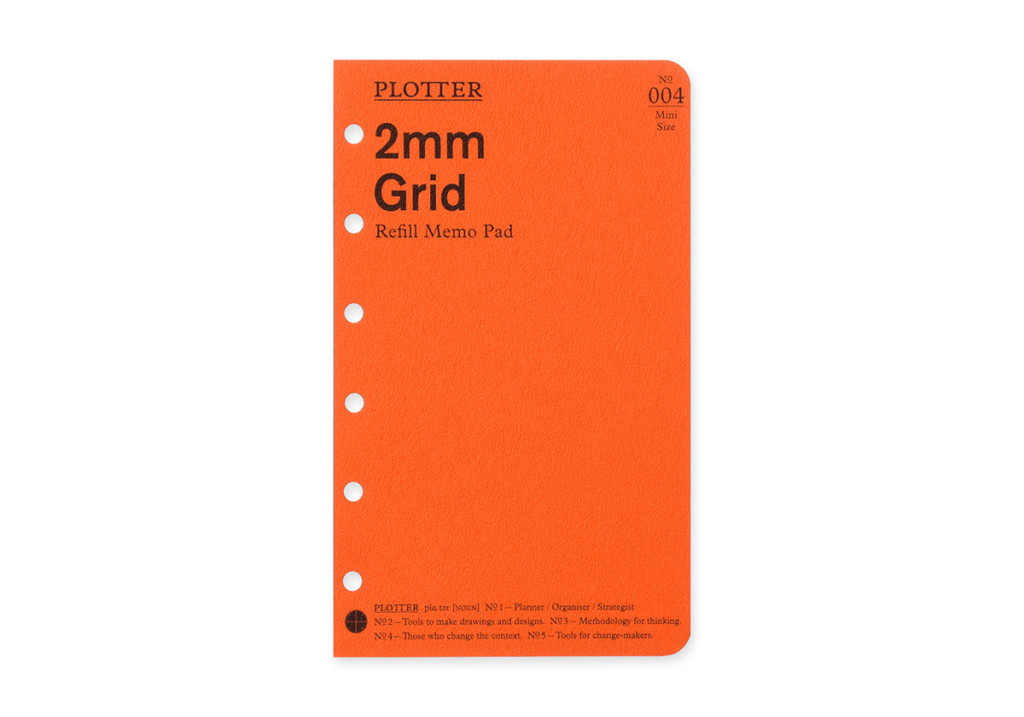-

Japanese Indigo-dyeing technique
Shiranami leather is a new leather type developed by PLOTTER in conjunction with a historic tannery in Himeji, an area known for its expertise in leather. It features a leather expression unique to PLOTTER – indigo-dyed leather with white wax bloom. The white waxy surface represents the foamy waves, which gain luster with use. When you cut through a piece of indigo-dyed leather, you’ll also glimpse its white core – this is a special characteristic that allows the leather to showcase the indigo blue on the canvas of the leather’s white base.
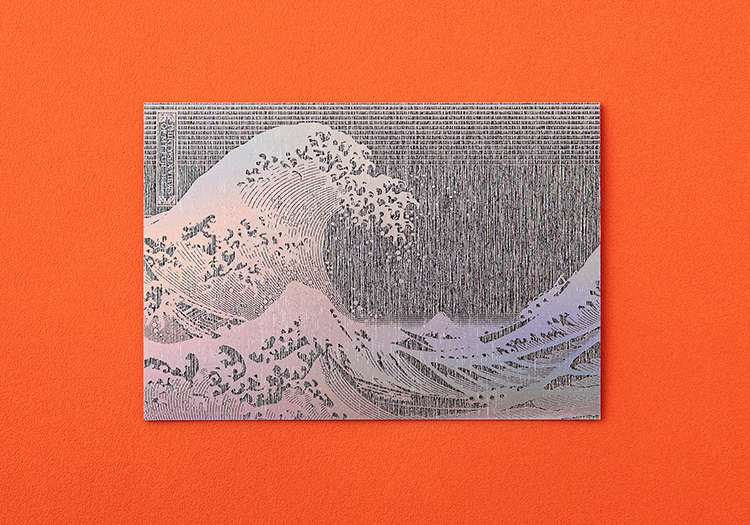
Shiranami, white-crested waves
Not only is the leather dyed with natural indigo but is also inspired by “Thirty-Six Views of Mount Fuji” by Japanese ukiyo-e artist Hokusai. The signature piece “The Great Waves off Kanagawa” depicts the turbulent, white-crested waves which dominate the scene, whilst Mt. Fuji poses quietly in the background. In Japanese, these crashing waves are called “shiranami.”

Expert craftsmanship in the flexible spine
The spine of the book is strained and shaved meticulously to make it easy to open and close. Due to the nature of leather, the density of the transition varies depending on the parts of the leather. The thickness of the leather can vary from piece to piece because the craftsmen are making the products one by one according to the condition of the leather. Please enjoy it as the unique character of real leather.
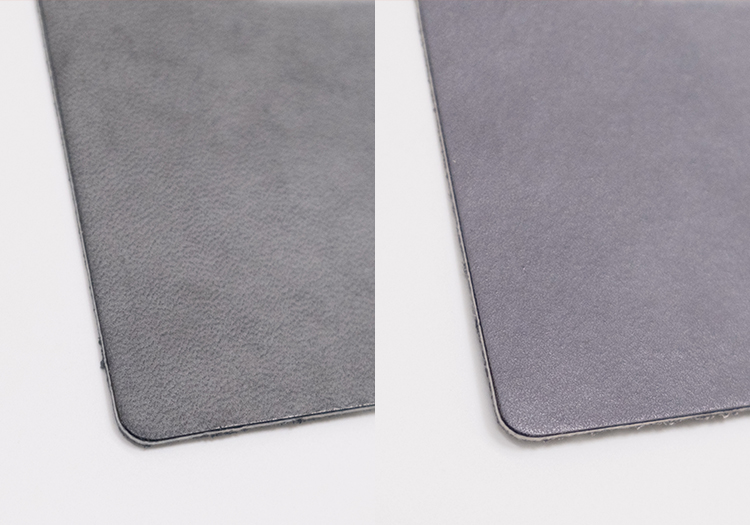
Variation of indigo dye
Due to the nature of indigo dye and the degree of dye penetration based on different parts of leather, there may be color variance on the leather expression per batch. Please enjoy the individuality of Shiranami Leather and the appeal of indigo dye.
© 2024 Designphil America, Inc.

